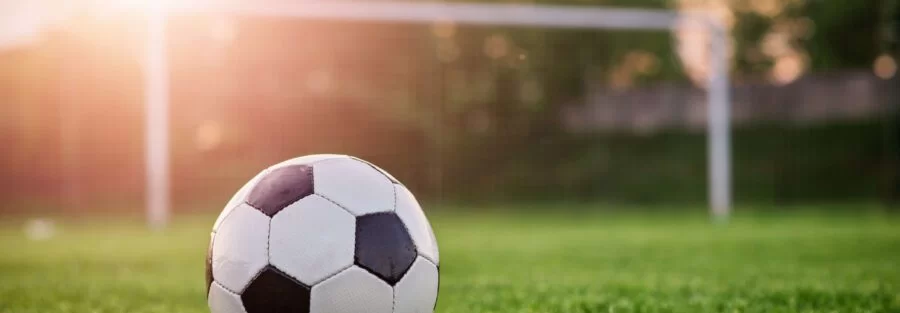
Athletic facilities in cold-climate regions often face recurring operational challenges due to seasonal weather patterns that render natural grass surfaces frozen and unsuitable for sports activities. The resolution increasingly implemented by sports venues, academic institutions, and training centers involves sophisticated synthetic turf installations specifically developed to endure severe temperature conditions while providing dependable field performance throughout the year.
Professional and recreational athletes in northern territories have recognized that AstroTurf installations serve as vital infrastructure components for athletic programming where traditional grass surfaces become inactive or entirely inaccessible during extended winter periods. From premier football training installations to community recreation complexes, these synthetic playing surfaces facilitate uninterrupted athlete conditioning, technique development, and competitive events regardless of external temperature fluctuations or precipitation events.
Drainage Technology Prevents Ice Formation Hazards
Advanced drainage systems integrated within synthetic turf installations provide crucial advantages when winter conditions create moisture management challenges. These sophisticated networks channel water away from playing surfaces rapidly, significantly reducing ice patch development that could create dangerous situations for athletes. Quality synthetic turf permeability rates exceed those found in compacted natural grass installations, ensuring efficient drainage of melting snow and ice rather than creating standing water pools that refreeze during overnight temperature drops.
Temperature management extends throughout the complete surface system beyond just the visible playing area. Modern field constructions incorporate comprehensive moisture evacuation infrastructure, preventing water retention and subsequent ice formation beneath playing surfaces. This systematic approach eliminates the hazardous ice accumulation that could compromise athlete safety during training and competition activities.
The engineered drainage capabilities prove particularly valuable during freeze-thaw cycles standard in northern climates. While natural grass fields often become waterlogged and then frozen into uneven, dangerous terrain, AstroTurf installations maintain consistent surface conditions through efficient moisture management systems.
Usage Capacity Revolutionizes Facility Economics
Natural grass installations in cold-weather territories typically accommodate only 200-300 hours of annual usage before requiring extensive renovation procedures, while synthetic alternatives support over 3,000 hours without experiencing significant performance degradation. This remarkable capacity differential fundamentally transforms facility operational economics, particularly beneficial for regions experiencing abbreviated outdoor athletic seasons.
Financial advantages become evident when facilities eliminate the continuous maintenance requirements associated with natural grass management. Winter-specific operational costs disappear completely, removing expenses for specialized heating systems, protective field covers, and emergency snow removal procedures necessary for event preparation. The labor investments required for year-round grass maintenance, including the specialized expertise needed to manage dormant turf through repeated freeze-thaw cycles, represent considerable cost savings for facility administrators.
Revenue enhancement opportunities expand substantially when facilities can offer reliable, bookable playing surfaces independent of weather conditions. Youth sports organizations, adult recreational leagues, and specialized training academies actively seek dependable venues that eliminate activity cancellations due to frozen or muddy field conditions. This scheduling reliability throughout the winter months generates additional income streams while meeting community demands for continuous athletic programming.
Indoor Installation Engineering Addresses Climate-Specific Demands
Indoor AstroTurf installations present distinct engineering considerations compared to outdoor field configurations. The controlled environment eliminates weather variables but creates different performance demands on turf systems. Facilities experience concentrated wear patterns resulting from smaller field dimensions and continuous daily utilization throughout extended operating hours.
Manufacturing specifications for indoor applications emphasize enhanced face weights, measured in ounces per square yard, designed to withstand intensive usage patterns characteristic of enclosed facilities. The absence of natural ultraviolet exposure and precipitation influences material selection protocols, with manufacturers adjusting fiber compositions and infill recommendations accordingly.
Air quality management becomes essential in enclosed environments where synthetic turf systems must meet strict indoor air quality standards. Materials selected for indoor installations minimize volatile organic compound emissions while maintaining expected performance characteristics that athletes depend upon for consistent training conditions.
Fiber Technology Innovations Combat Temperature Extremes
Contemporary AstroTurf engineering incorporates advanced co-polymer fiber compositions specifically designed to maintain flexibility during low-temperature exposure while preventing the brittleness that affected earlier synthetic turf generations in freezing conditions. These technological advances combine nylon durability characteristics with polyethylene’s tactile properties, creating playing surfaces that deliver reliable performance throughout significant temperature variations.
Anti-static technology integration proves especially valuable during cold, dry atmospheric conditions when static electricity buildup can negatively impact both playing conditions and athlete comfort levels. Modern systems incorporate specialized additives that reduce static generation, addressing operational challenges in multi-purpose athletic facilities serving diverse participant populations during harsh winter conditions.



